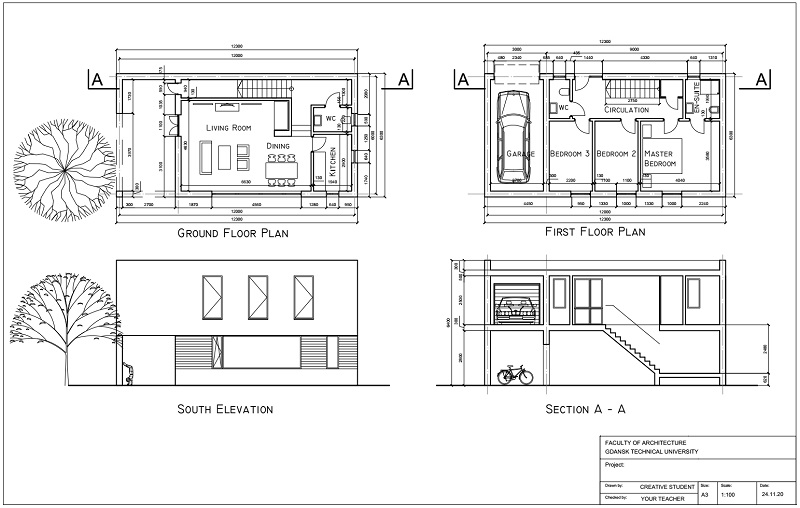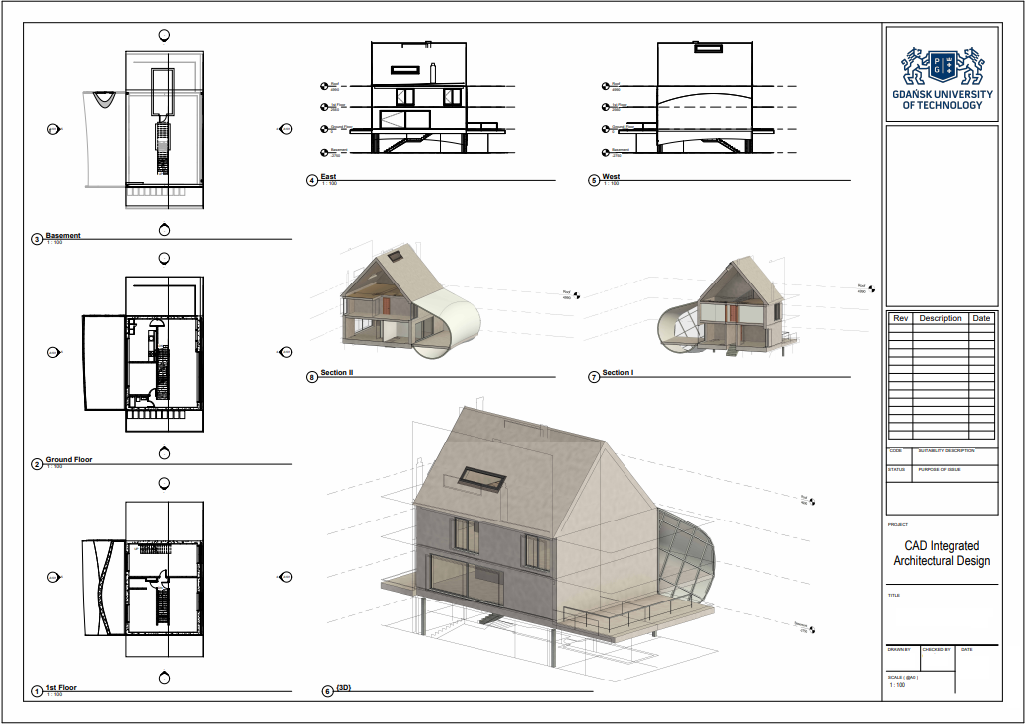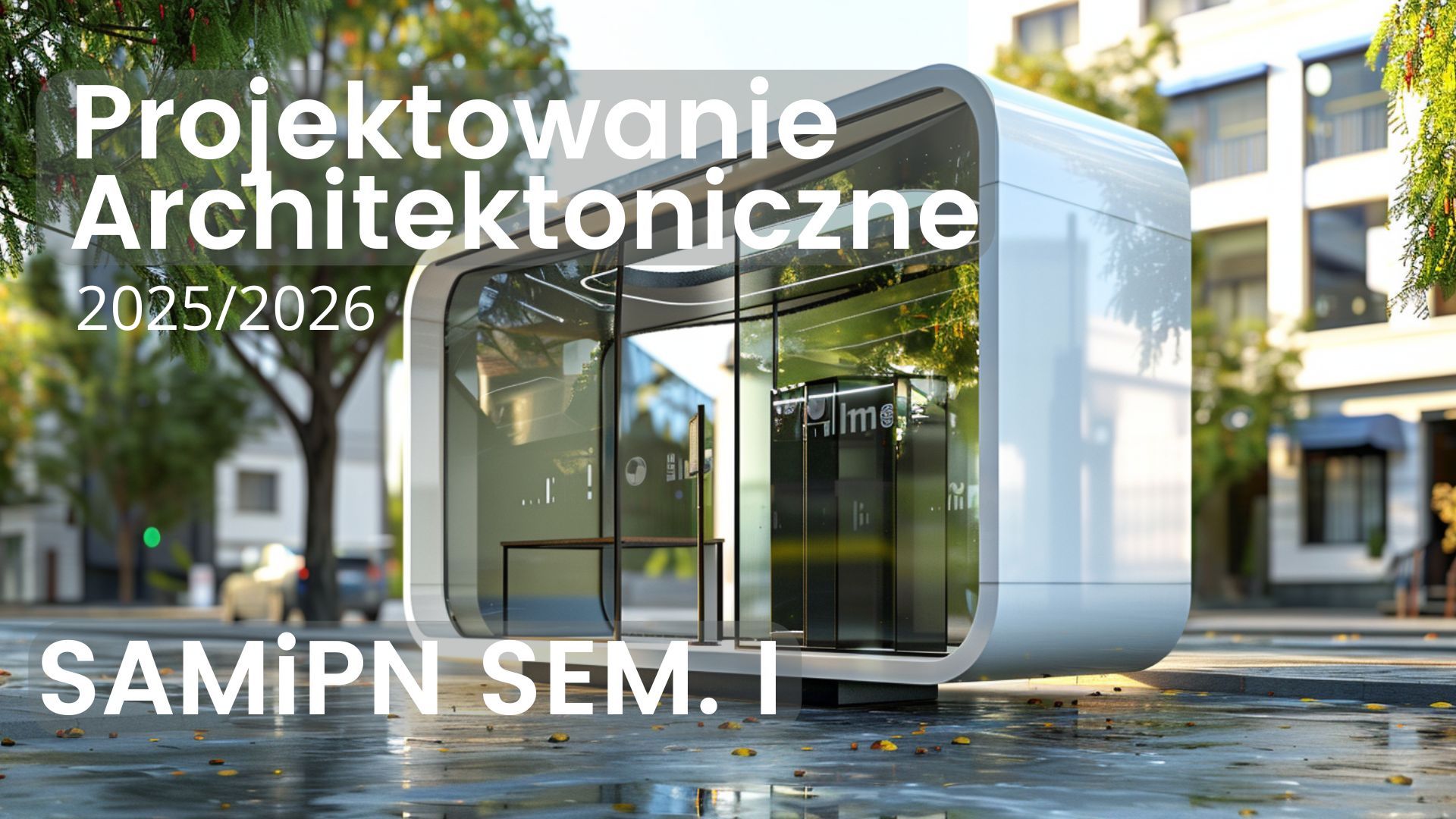AQUAPOLIS - Pływający terminal przyszłości - to temat stanowiący odpowiedź na zmiany klimatyczne. Otwiera tematykę badań związaną z atrakcyjnością i dostępnością architektury na morzu.
- Teacher: Karolina Życzkowska
- Teacher: Tomasz Falborski
- Teacher: Natalia Lasowicz

This course introduces students to the application of Computer-Aided Design (CAD) in creating architectural drawings and project presentations. No prior CAD experience is required. Through hands-on exercises, students will learn to create engaging project presentations using 2D drawings and 3D models created in AutoDesk AutoCAD and other industry-standard software.
- Teacher: Dariusz Cyparski

The programme will provide students with a solid grounding in BIM (Building Information Modelling) using Autodesk's Revit Architecture. Students will review the advanced features of Revit for Architecture, a tool to support BIM (Building Information Modelling) and delivery of 3D digital models and related documentation. The lesson plans will specifically introduce students to common workflows and problem-solving skills while creating a full 3D model and associated construction documents.
- Teacher: Dariusz Cyparski

Projektowanie Architektoniczne sem. III
- Teacher: Jakub Kołodziejczak
- Teacher: Magdalena Podwojewska
- Teacher: Karolina Taraszkiewicz

Projektowanie Architektoniczne sem. I
- Teacher: Izabela Burda
- Teacher: Jakub Gorzka
- Teacher: Magdalena Podwojewska
- Teacher: Karolina Taraszkiewicz